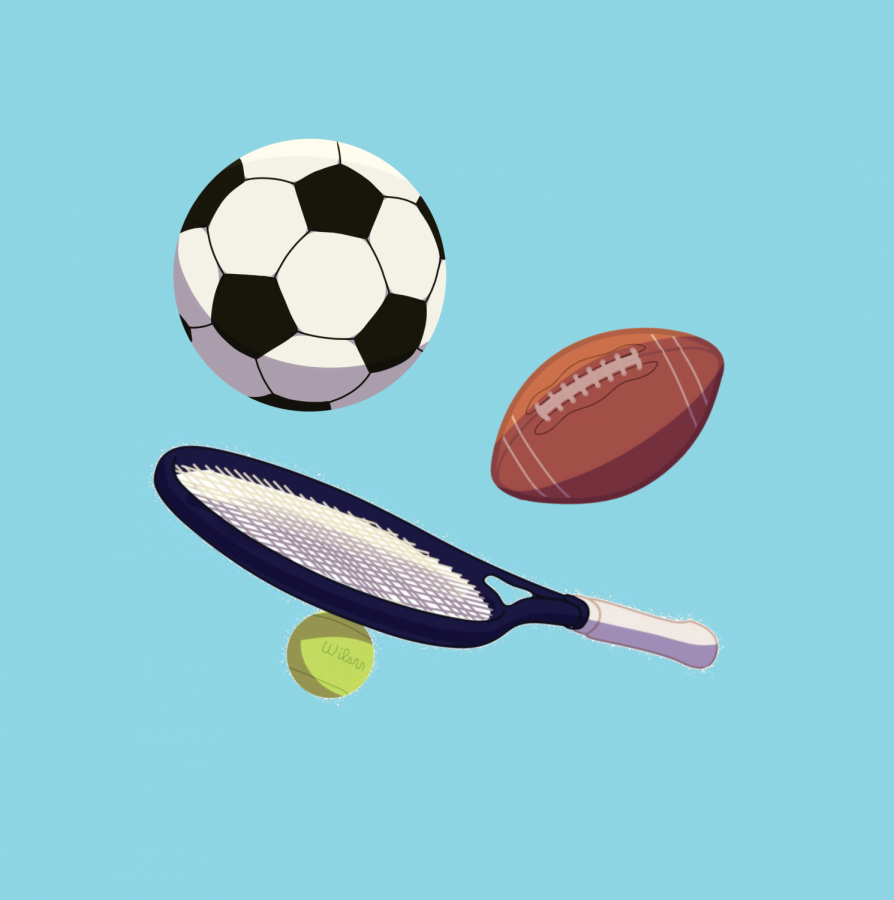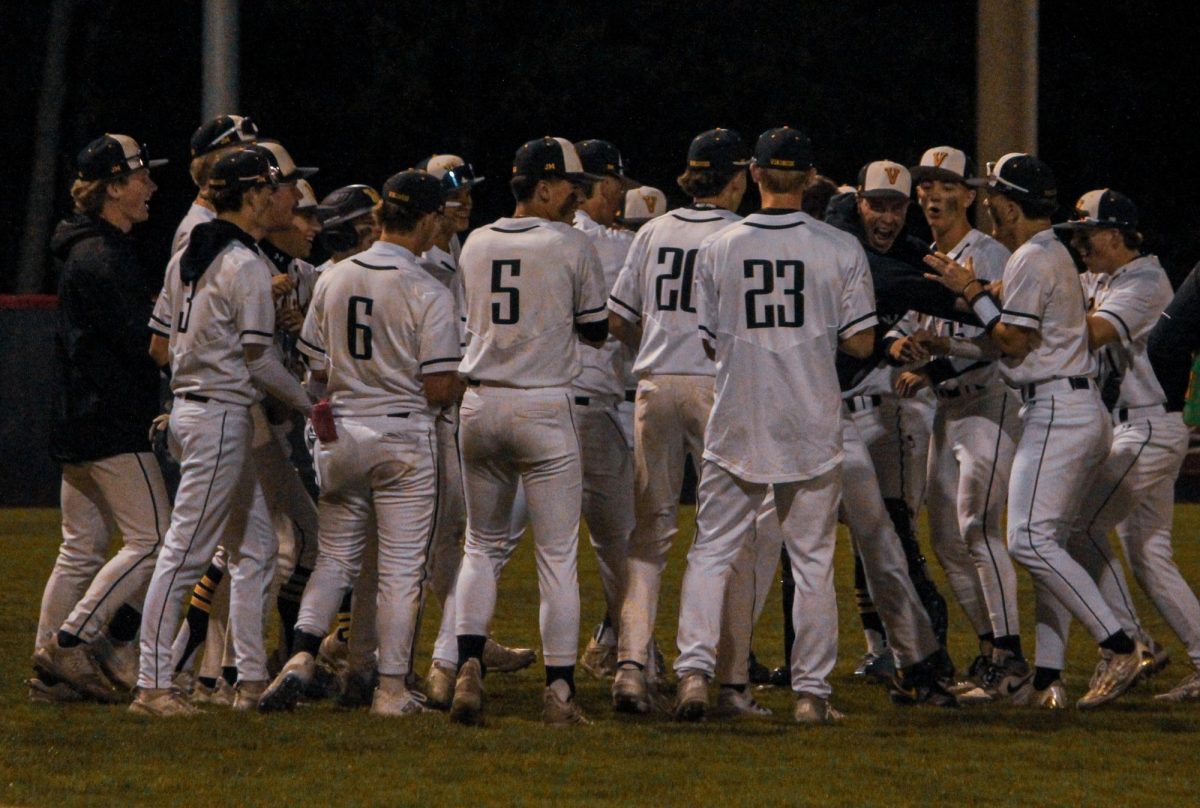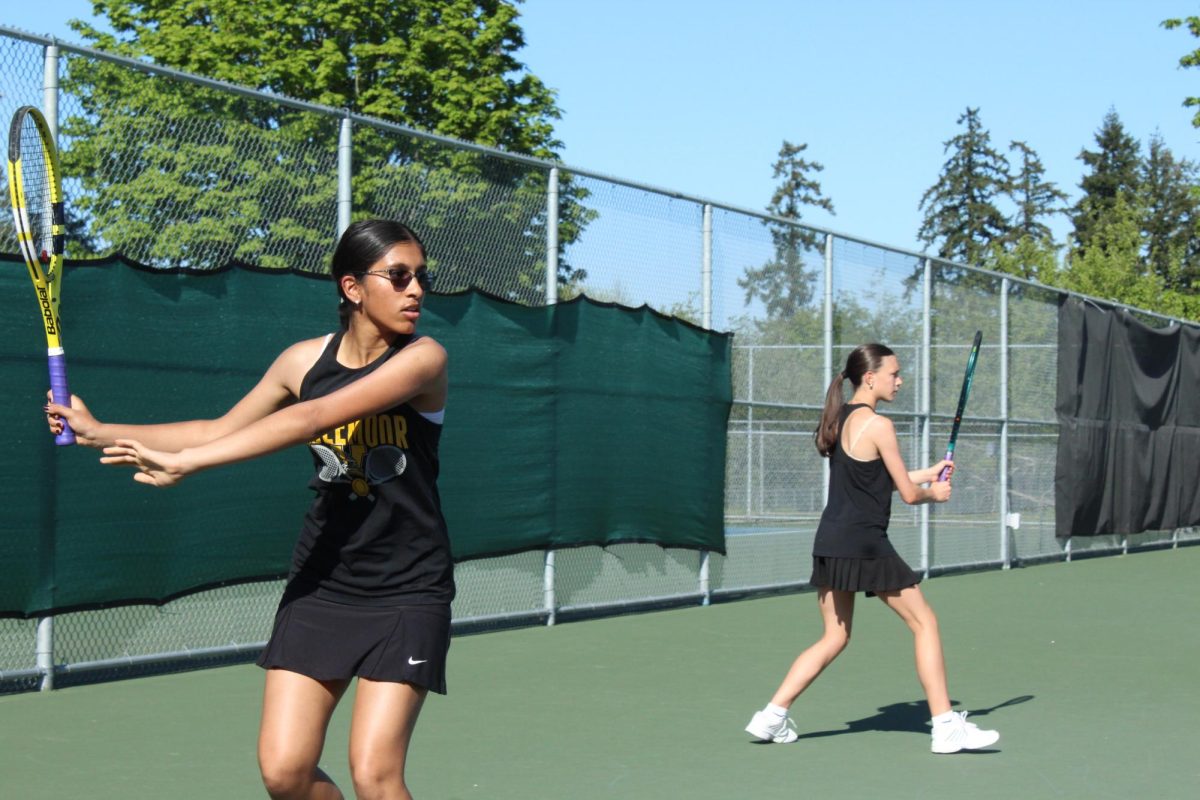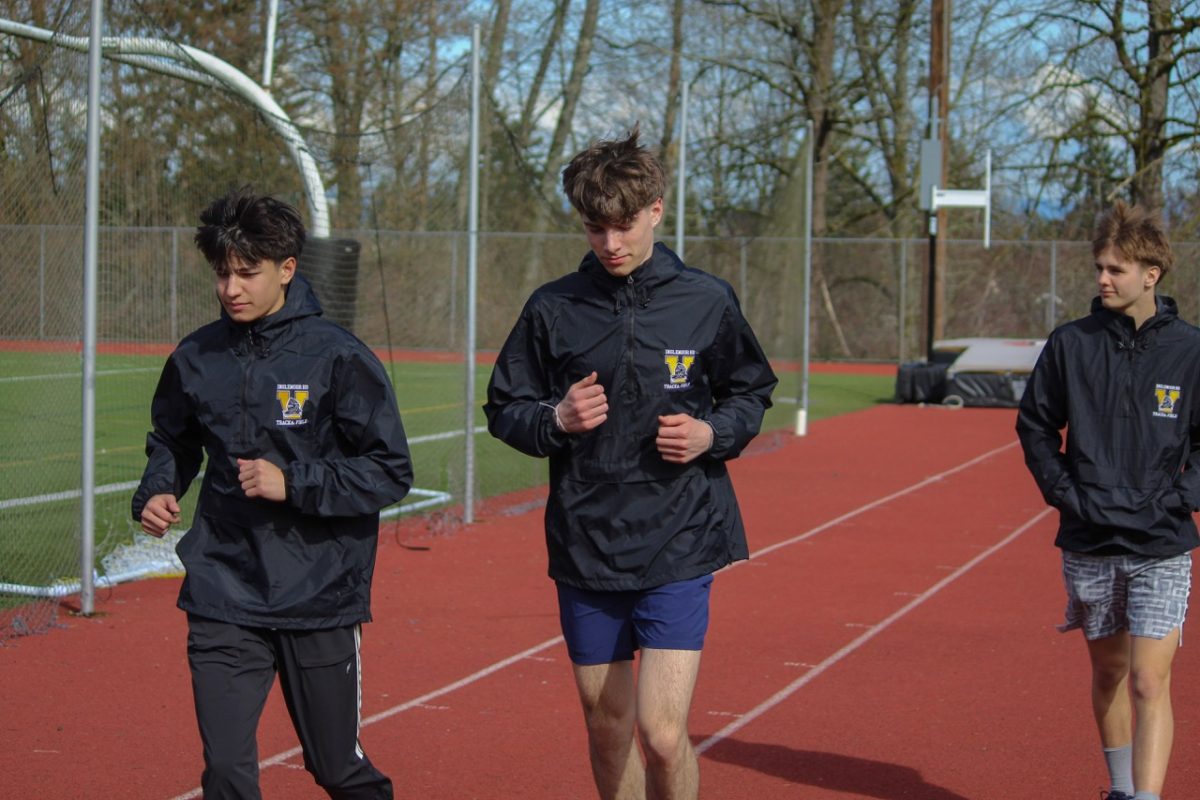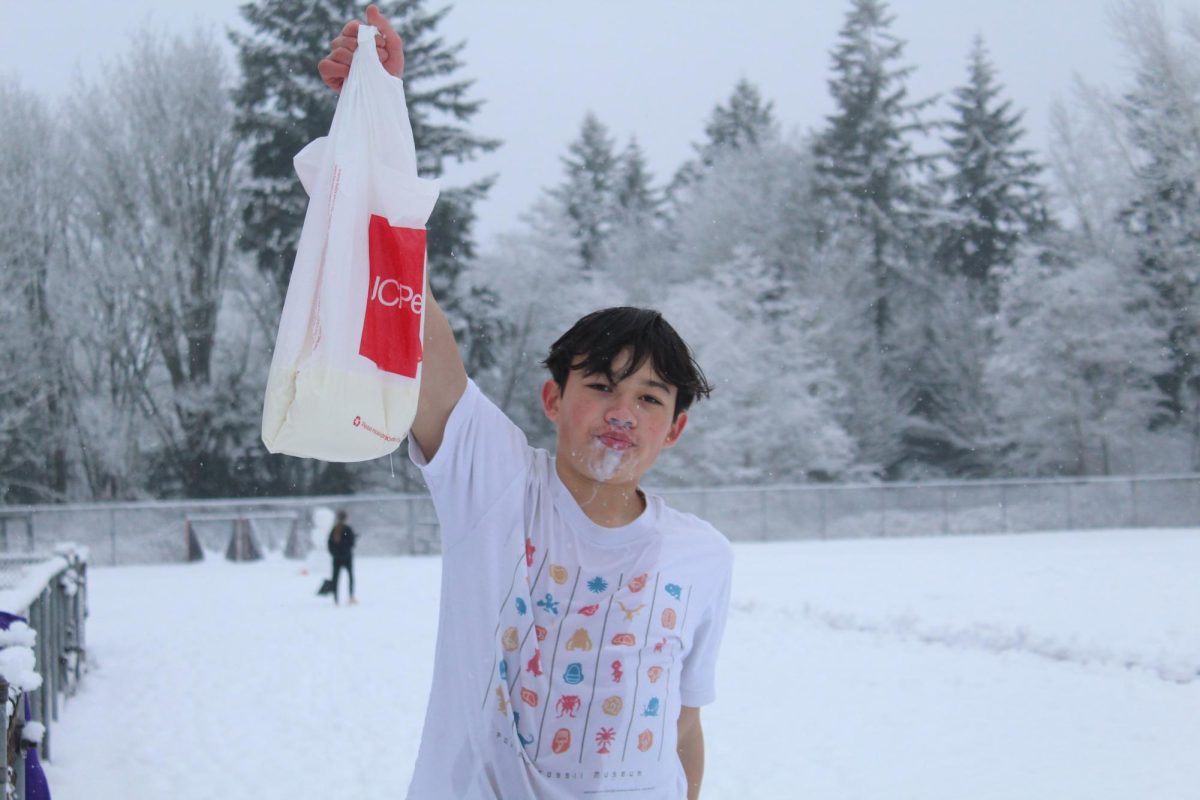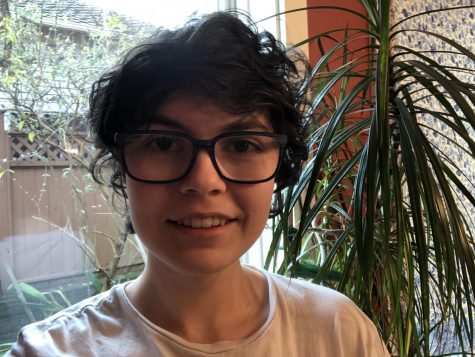As the coronavirus pandemic barrels on, rules and regulations mandated by the state have become increasingly harder to unpack. Infection rates continue to fluctuate throughout the state, making it hard to determine whether a certain area is safe enough to resume practices for their sports. Many school districts are still unable to form succinct “return to play” safety plans that students and their guardians can access because of the unpredictability surrounding the future of sports during the COVID-19 pandemic. Without a clear statement about what certain schools’ sports seasons will look like this year, many students will remain in a state of uncertainty until Northshore School District has more guidance from the state about COVID-19 requirements for each sport offered at its schools. Thus, on Nov. 16, 2020, Gov. Jay Inslee provided a list of rules and regulations that apply to all counties of Washington State.
Inslee’s official mandate splits COVID-19 restrictions pertaining to sports into three sections: rules and regulations applicable to all sports, regardless of risk level; rules and regulations for low to moderate risk sports; and rules and regulations for high risk sports. To protect the health and safety of the public, it is crucial that these new rules and restrictions be followed whenever engaging in a sporting activity.
General rules for sporting activities:
As of Nov. 16, 2020, all indoor sporting facilities are closed to the public and all practices for sports must be held outdoors with all participants socially distanced from one another (6 feet) and wearing facial coverings. Practice games with other teams are strictly prohibited and anyone leaving the state for sports-related purposes must follow the quarantine requirements for Washington State as detailed by Inslee’s travel advisory. Prior to any workout, all coaches and participants must be screened for symptoms of COVID-19 and are prohibited from participating in the workout if they display symptoms of COVID-19.
Rules and regulations for low to moderate risk sports* and the impact COVID-19 has had on them:
Outdoor practices and scrimmages within teams are allowed as long as proper social distancing measures are followed and facial coverings are worn. More than six people per team are permitted if the practice is held outdoors and there is enough room for athletes to properly socially distance.
Some low to moderate risk sports like non-contact cheerleading weren’t able to form teams this year because tryouts couldn’t be held in the spring, but they have been trying to keep students interested in the sport while they are unable to practice together.
Inglemoor’s cheer team was asked to participate in a virtual half-time show with the band this fall, and Coach Mckenzie Merrill took the opportunity to ask both new applicants and those who had been on the cheer team in years prior to participate.
“Some of last year’s team members volunteered to create routines and submit videos for me to send to everyone to learn. It was a nice opportunity to spread a little school spirit and feel united,” Merrill said.
While cheer hasn’t been able to form a team this year, they are working hard to provide updates, occasional workouts, and opportunities to learn new routines to those who were interested in joining last spring.
Rules and regulations for high risk sports**:
All high risk sports practices must be held outdoors with no more than six athletes present at each practice when social distancing guidelines are followed.
Since most high risk sports are contact sports, the restrictions are much more rigid than those for low to moderate risk sports. This means that the “return to play” safety plans for high risk sports may take longer to develop and won’t be put into place until COVID-19 restrictions have eased significantly.
These new rules and regulations mean that all sports teams will need to have a specific “return to play” safety plan which ensures the safety of their staff and athletes before restarting practices. Before schools will be allowed to return to in-person practices, they will be required to create a “return to play” plan for each sport offered. It will likely take some time for school districts to calculate which sports may be cleared for practices and that clearance will likely fluctuate as the COVID-19 pandemic does.
All information about COVID-19 restrictions in sports in this article was taken from Washington State Gov. Jay Inslee’s official proclamation: https://www.governor.wa.gov/sites/default/files/COVID19%20Phase%202%20and%203%20Sporting%20Activities%20Guidance.pdf
*low risk sports: tennis, swimming, diving, pickleball, golf, cross country, track and field, sideline/no contact cheer and dance, disc golf
moderate risk sports: softball, baseball, t-ball, soccer, futsal, volleyball, lacrosse, flag football, ultimate frisbee, ice hockey, cricket, gymnastics, crew, field hockey, school bowling competitions
**high risk sports: football, rugby, wrestling, cheerleading with contact, dance with contact, basketball, water polo, martial arts competitions, roller derby



